ZoomInfo is a business-to-business platform that helps other businesses/companies reach out and engage with a larger audience. It is used by more than 20,000 companies including Google and Amazon. With ZoomInfo, users can manage their data, find more leads, and many more tools and features that help you target your ideal audience.
If you want to scrape data from ZoomInfo and want a web scraping tool to do it for you, then you need to pair that tool with a ZoomInfo proxy. A ZoomInfo proxy will handle all of your data traffic for you so any website you visit will only be able to see the IP address of the proxy server.
The best ZoomInfo proxies for scraping would be residential proxies as these types of proxies use residential IPs from real devices which makes the web scraper bot’s requests seem like requests that come from genuine users. This prevents ZoomInfo from noticing that you’re using a bot and therefore, will not ban your account.
Let’s set up a ZoomInfo proxy server.
For Windows:
To set up proxies in Windows, simply search for “Proxy Settings” in your windows search bar and open the search result.
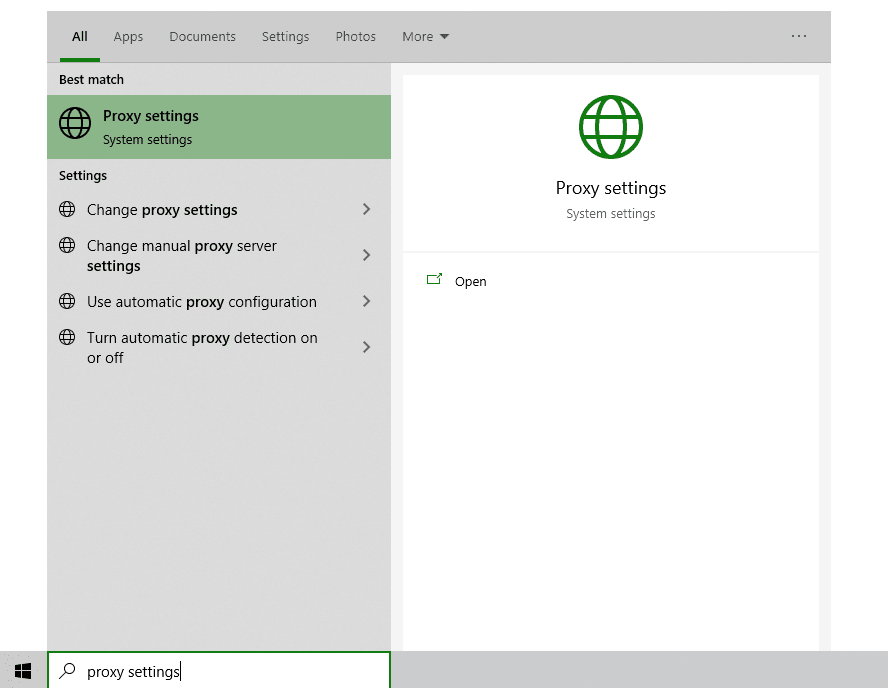
You are then given two options to choose from: Automatic proxy setup or Manual proxy setup. If you want windows to automatically detect your proxy settings, choose the first option. Choose the second option if you want to utilize a specific ip address and port number.
If you chose the first option, then:
- Turn on Automatically detect Settings
- Turn on Use setup script
- Enter the script address
- Click Save
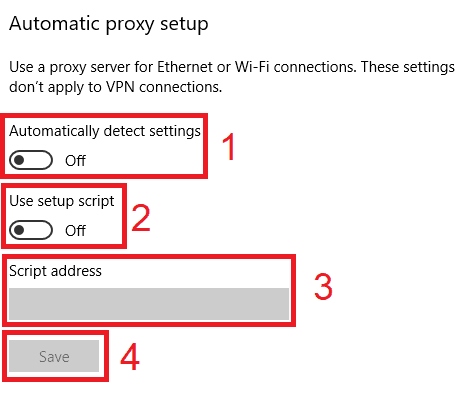
If you chose the second option, then:
- Turn on Use a proxy server
- Input both server address and port number
- If you have any addresses you would like to visit without a proxy, enter them here
- Turn on Don’t use the proxy server for local addresses check box if you want to access a local server without a proxy
- Click Save
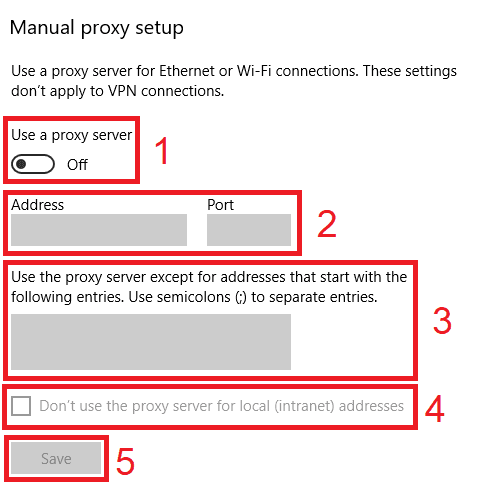
For Mac.
To start configuring your proxy settings in MacOS, simply:
Step 1. Click on the Apple Icon.
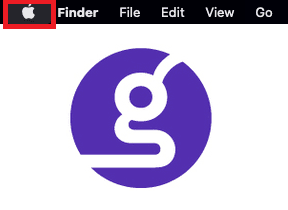
Step 2. On the drop down menu, click on “System Preferences”.
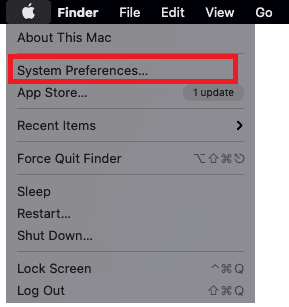
Step 3. Click on “Network”
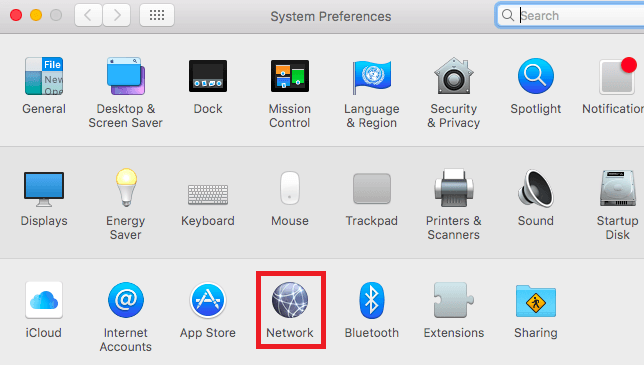
Step 4. Click on “Advanced”
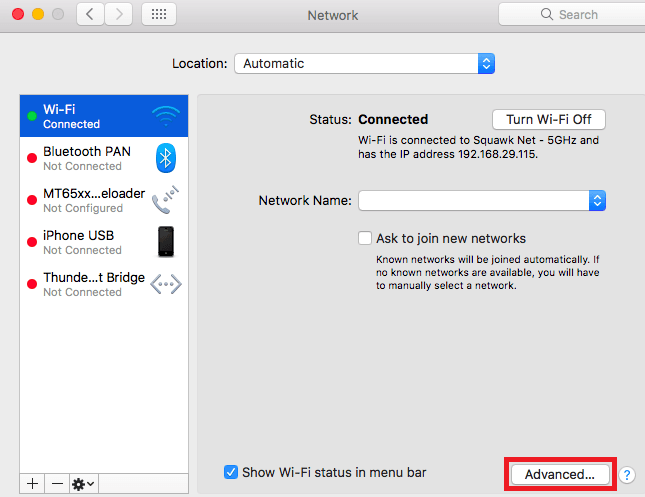
Note: Make sure to connect to your wi-fi first.
Step 5. Click on “Proxies”

This should then redirect you to MacOS proxy settings. MacOS is more straightforward compared to windows. You only have one option which is to manually configure your proxy server.
Here are the steps to follow:
- Select which proxy IP protocol you want to configure. This depends on which protocols your proxy service provider offers.
- Turn on Secure Web Proxy
- Input the Proxy Server Address and Port Number
- Click OK to save the configurations
Note: You may be prompted for your Mac user password to save your settings.
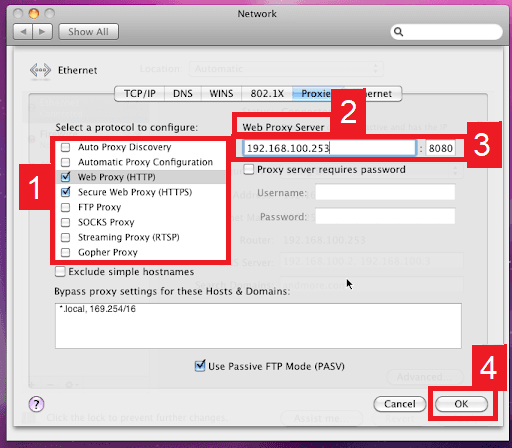
Image Alt Text: Configuring MacOS Proxy Settings
Congratulations! You have now finished configuring a ZoomInfo proxy server.









